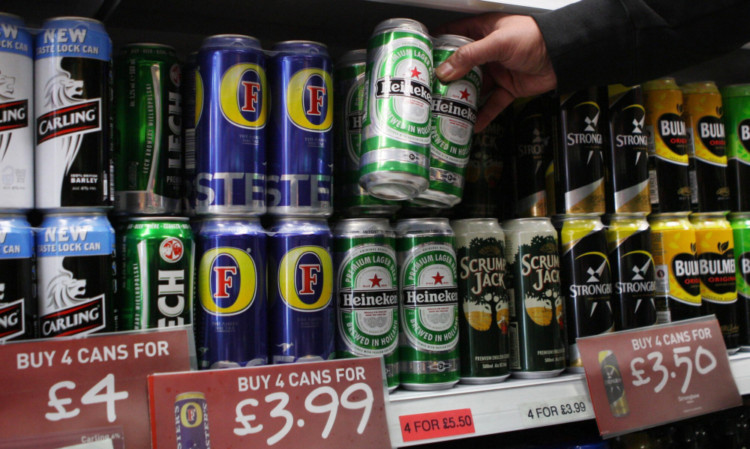A ban on multi-buy drink promotions in Scotland has not cut the amount of alcohol bought by consumers, according to a study.
The drink industry appears to have countered the move by slashing prices, researchers suggest.
The Scottish Government was among the first in the world to call a halt to offers such as buy-one-get-one-free to tackle alcohol-related harm. The ban was implemented in Scotland in October 2011 as part of the Alcohol Act 2010.
But a team from the Behaviour and Health Research Unit, a collaboration between the universities of East Anglia and Cambridge, said the policy appears to have been ineffective.
They studied household purchasing data from the Kantar WorldPanel and found no evidence that the ban had reduced the purchasing of beer, cider, wine, spirits and flavoured alcohol drinks as of June 2012. In addition, there was no cut in the total amount of units of alcohol bought.
Researchers discovered that Scottish consumers began to buy less beer and cider per shopping trip, but bought these drinks more frequently, leaving the overall amount purchased unchanged.
Lead author Ryota Nakamura, from the University of East Anglia’s (UEA) Norwich Medical School, said: “The industry appears to have responded to the ban by replacing multi-buy with simple price reduction, which made it possible for Scottish consumers to buy alcohol at a discounted price but with a smaller financial outlay. This might have mitigated the intended effects of the policy.”
Professor Theresa Marteau, from the University of Cambridge, said: “This study provides timely evidence on the seeming ineffectiveness of an intervention designed to reduce alcohol consumption.”
The team said the research, published in the journal Addiction, demonstrated the need for stronger measures to reduce alcohol-related harm in the UK.
Professor Marc Suhrcke, from UEA’s Norwich Medical School, said: “More encompassing policy will be needed to achieve the goal of reducing excessive alcohol consumption and related harms.
“Partially banning price promotions leaves the door open for industry to just switch to other forms of price promotions, or indeed to reduce the overall price of alcohol.
“Imposing greater excise duties on alcohol and introducing minimum unit pricing have been shown to reduce alcohol consumption and associated harms.”
